Canine Reflexology and other types of massage for dogs (and cats)
A massage helps to activate the self-healing powers, whereby the regeneration is promoted. Depending on the application various forms of massage are used. Below you can read al about canine reflexology and other helpful massage techniques that, in most cases, can also be applied on cats.
Manual massage
The manual massage is the oldest form of treatment. The massage can soothe and relax. The the other hand it can also stimulate and dynamize.
With the hands, special techniques are carried out, stroking, kneading, vibrating, knocking.
Through the massage the blood circulation is promoted, it improves tissue oxygenation, also loosenes or tones the muscles. Pain is being relieved adhesions are being released. Through direct contact, the dog or the cat relaxes mentally. In the process the life functions such as breathing, the cardiovascular system and digestive processes normalize.
Manual techniques are used when stronger structural blockages occur, such as in articulated traction to loosen the bonded joint capsules or the gentle loosening of vertebral blockages or blockages of the hip joint, iliosacral joint.
Passive mobilization
In rehabilitation, the massage takes place after surgery, joint pain, lameness, injuries, muscle tension and scarring e.g after knee surgery.
The passive exercise therapy is the movement of the diseased joints without the animal’s active participation and serves as a preparation for further therapeutic measires. During a passive motion therapy hardened, scar tissues around joints are gently being stretched and mobilized through save range of motion, after they were heated with therapeutic ultrasound.
Active mobilization
The active mobilization calls for a strong collaborations of the animal. In an exercise parcour the animals learn specific movements and coordination. The joints are actively flexed and extended; the proprioception and balance are trained.
The biggest challenge to the entire body is the underwater treadmill. During this process a variety of desired therapeutic goals are achieved at the same time .
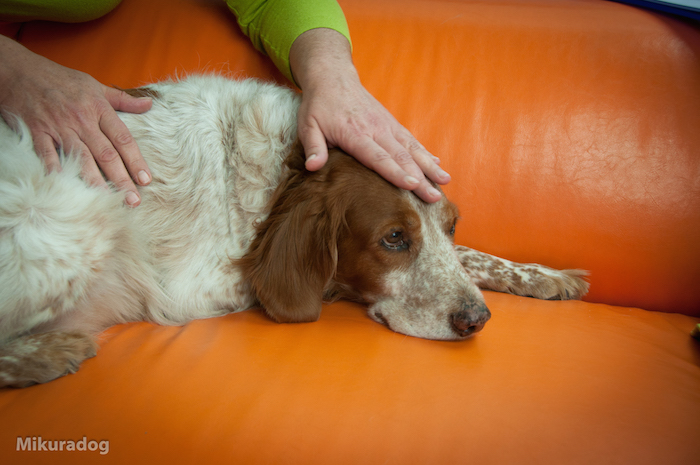 Trigger point massage
Trigger point massage
The trigger point massage is a special massage for tension and pain. It´s performed on known pain points in the musculature or near the joint.
Lymphatic Drainage
A massage can be applied specifically as a lymphatic drainage also in animals, where congestion edemas are being removed and subsequently the oxygenation of tissues is promoted. It is carried out along the lymph vessels and associated tissue.
In neurological diseases special massage techniques are used, which stimulate reflexology points. The stimulation of the meridians is a form of neuro-massage which can be applied using small objects such as balls or brass pin.
Externally, reflex points of nerve nuclei in the spinal cord are stimulated manually; e.g. animals with complete paralysis of the hind limbs after disc surgery.
Relaxation massage
For working dogs, sporting dogs and older dogs a targeted relaxing massage promotes wellbeing and increases the quality of life. In this case we use a manual therapy and trigger point massage.
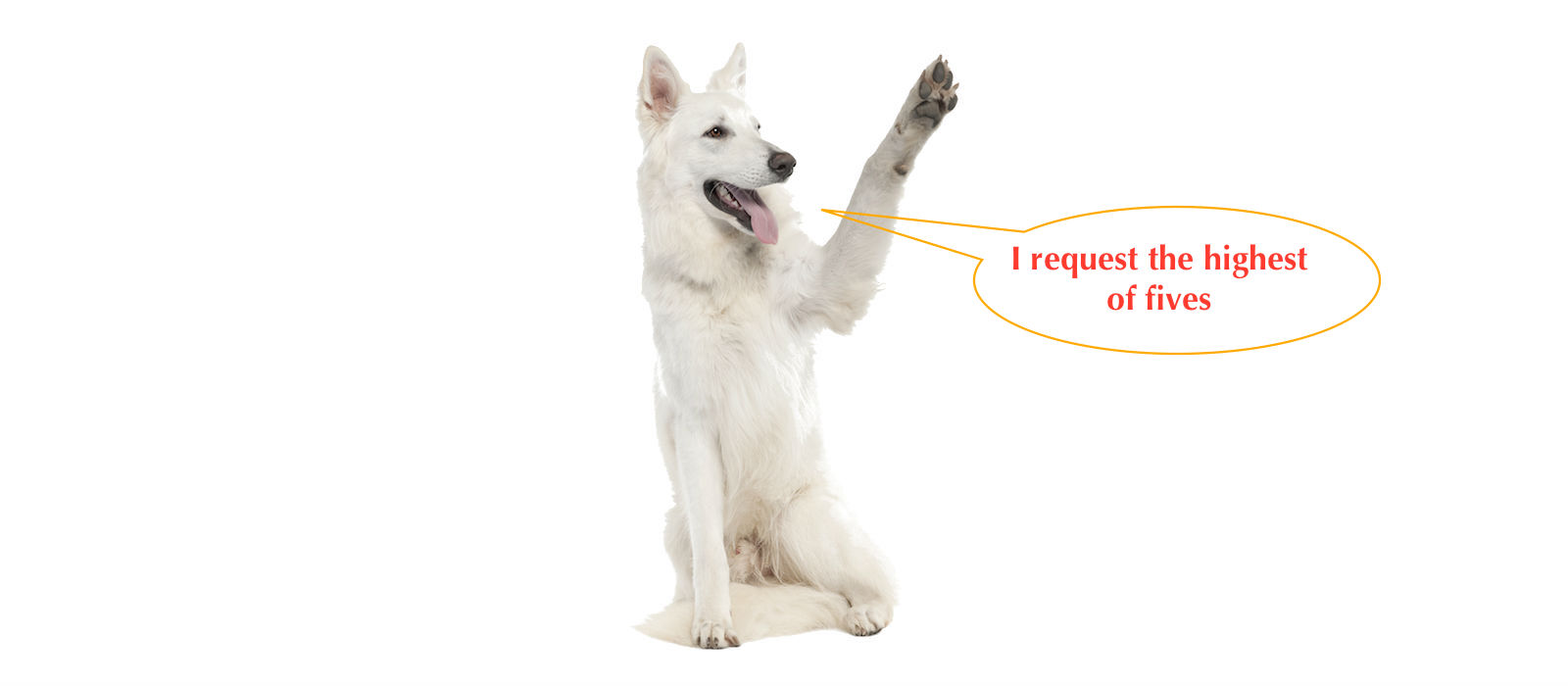



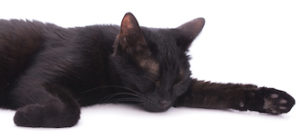 Main features of both forms of disease is the permanent increase in blood sugar levels. In the beginning of the disease the symptoms of diabetes are usually poorly developed and are therefore easily overlooked. The cats drink more (polydipsia) and also excrete more water (polyuria). They can act tired. Striking might be the cravings – especially when they lose weight even though they eat a lot. But obesity can occur together with diabetes mellitus. Especially in cats, this is, however, likely to be a cause rather than a consequence of the hormonal disorder.
Main features of both forms of disease is the permanent increase in blood sugar levels. In the beginning of the disease the symptoms of diabetes are usually poorly developed and are therefore easily overlooked. The cats drink more (polydipsia) and also excrete more water (polyuria). They can act tired. Striking might be the cravings – especially when they lose weight even though they eat a lot. But obesity can occur together with diabetes mellitus. Especially in cats, this is, however, likely to be a cause rather than a consequence of the hormonal disorder. It´s necessary to change the diet
It´s necessary to change the diet
 Recently, I got an email from a dog owner. His favorite four-legged friend was suffering from various inflammatory and degenerative musculoskeletal disorders which were treated with painkillers for a long time, after which the animal had suffered a perforation. The man knew his dog´s illness very well and was super informed. He reported that his family had already tried everything and asked me now, if I had any idea of what to do.
Recently, I got an email from a dog owner. His favorite four-legged friend was suffering from various inflammatory and degenerative musculoskeletal disorders which were treated with painkillers for a long time, after which the animal had suffered a perforation. The man knew his dog´s illness very well and was super informed. He reported that his family had already tried everything and asked me now, if I had any idea of what to do.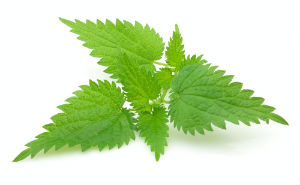 The NSAID or NSAP only fight the symptoms. They inhibit pain transmission and inflammation. According to studies, plants can do more than that. And so we’ll get to another herbal painkiller and anti-inflammatory that is often underestimated or not detected: the nettle. Several studies showed that the nettle does not only have analgesic and anti-inflammatory effects, but also engages directly in the inflammatory process. How does it do it? It inhibits cytokines. These are the body’s own messengers that, in a complex sequence of events such as the attack of cartilage, lead to inflammation. Thus, there is direct intervention in the pathological event. Therefore, the nettle is not only a herbal painkiller and anti-inflammatories in the acute stage for horses, dogs and cats, but also a wonderful prophylaxis agents for example, Osteoarthritis predisposed animals in the early stages, etc.
The NSAID or NSAP only fight the symptoms. They inhibit pain transmission and inflammation. According to studies, plants can do more than that. And so we’ll get to another herbal painkiller and anti-inflammatory that is often underestimated or not detected: the nettle. Several studies showed that the nettle does not only have analgesic and anti-inflammatory effects, but also engages directly in the inflammatory process. How does it do it? It inhibits cytokines. These are the body’s own messengers that, in a complex sequence of events such as the attack of cartilage, lead to inflammation. Thus, there is direct intervention in the pathological event. Therefore, the nettle is not only a herbal painkiller and anti-inflammatories in the acute stage for horses, dogs and cats, but also a wonderful prophylaxis agents for example, Osteoarthritis predisposed animals in the early stages, etc. Yes, the poor cats are somewhat at a disadvantage as opposed to horses and dogs in terms of herbal painkillers. Because of their
Yes, the poor cats are somewhat at a disadvantage as opposed to horses and dogs in terms of herbal painkillers. Because of their 
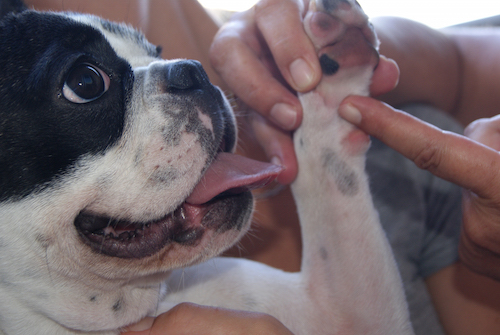 In horses, dogs and cats the most effective reflexology areas are on the head, paws and ears. Only these parts of the body have nerve endings which are sufficiently pronounced. The brain and spinal cord (= energy source) are the main switching areas for energy changes. Here all of the organ zones are displayed and can be treated with the reflexology. Each disease is an energy flow disturbance. With animal reflexology the energy flow is stimulated and thus activates the self-healing power.
In horses, dogs and cats the most effective reflexology areas are on the head, paws and ears. Only these parts of the body have nerve endings which are sufficiently pronounced. The brain and spinal cord (= energy source) are the main switching areas for energy changes. Here all of the organ zones are displayed and can be treated with the reflexology. Each disease is an energy flow disturbance. With animal reflexology the energy flow is stimulated and thus activates the self-healing power.
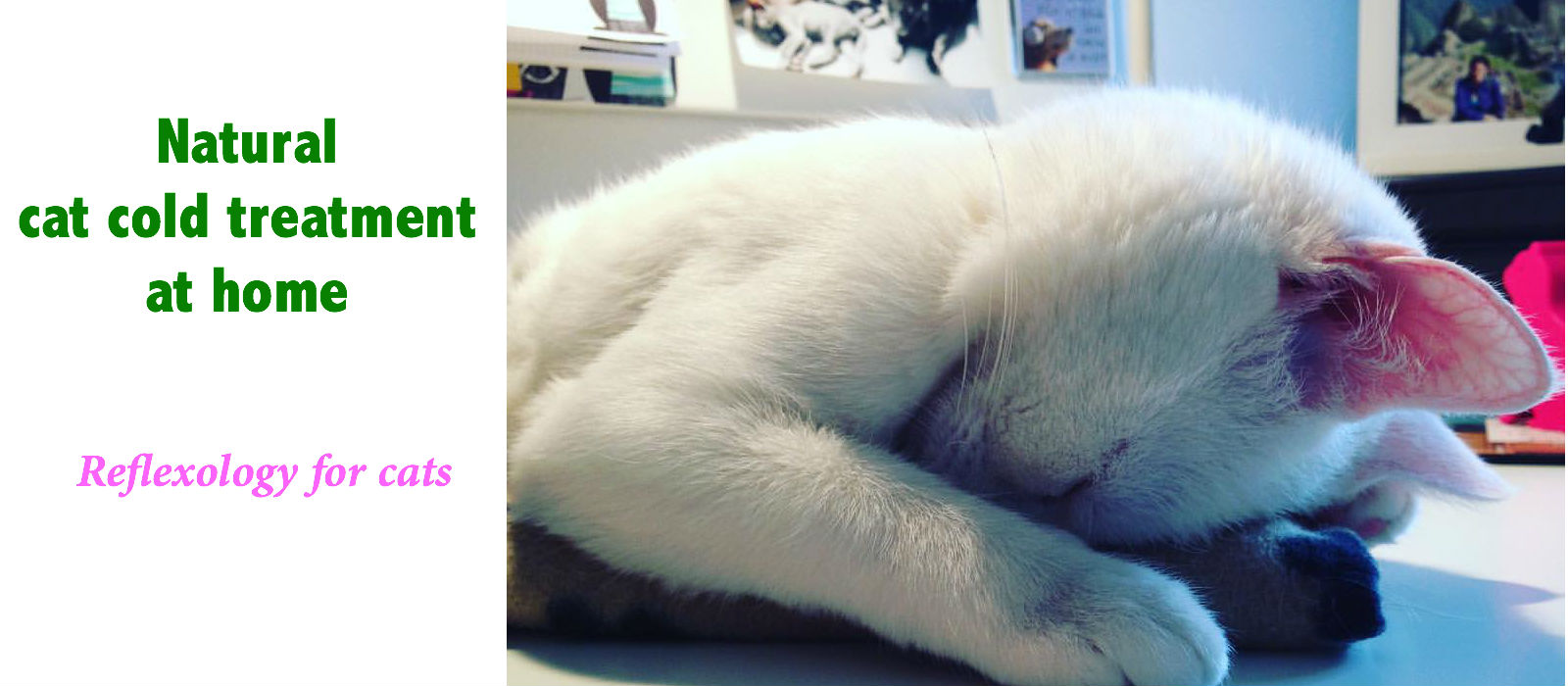
 My cat Coco, 11 months old, was recently sterilized. She was very nervous when we went to the vet and with tears in my eyes I left her shivering with the lady who was going to perform the operation. Three hours later I was able to pick her up and the operation had been a success.
My cat Coco, 11 months old, was recently sterilized. She was very nervous when we went to the vet and with tears in my eyes I left her shivering with the lady who was going to perform the operation. Three hours later I was able to pick her up and the operation had been a success.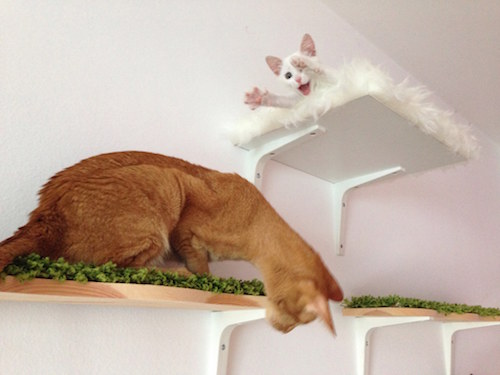
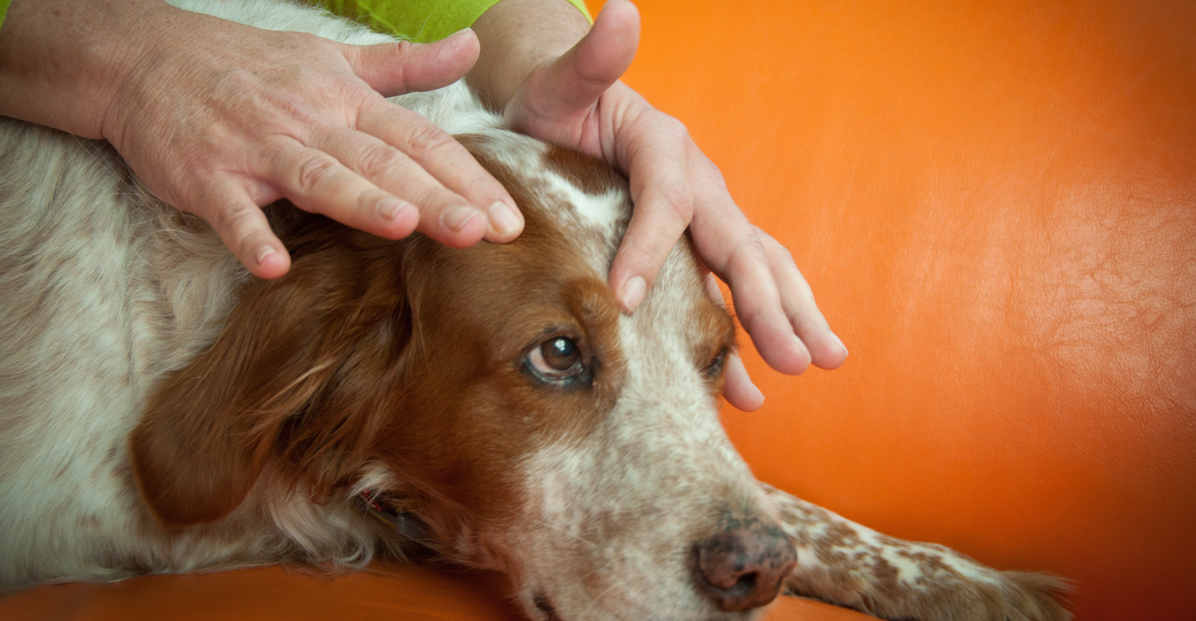
 Trigger point massage
Trigger point massage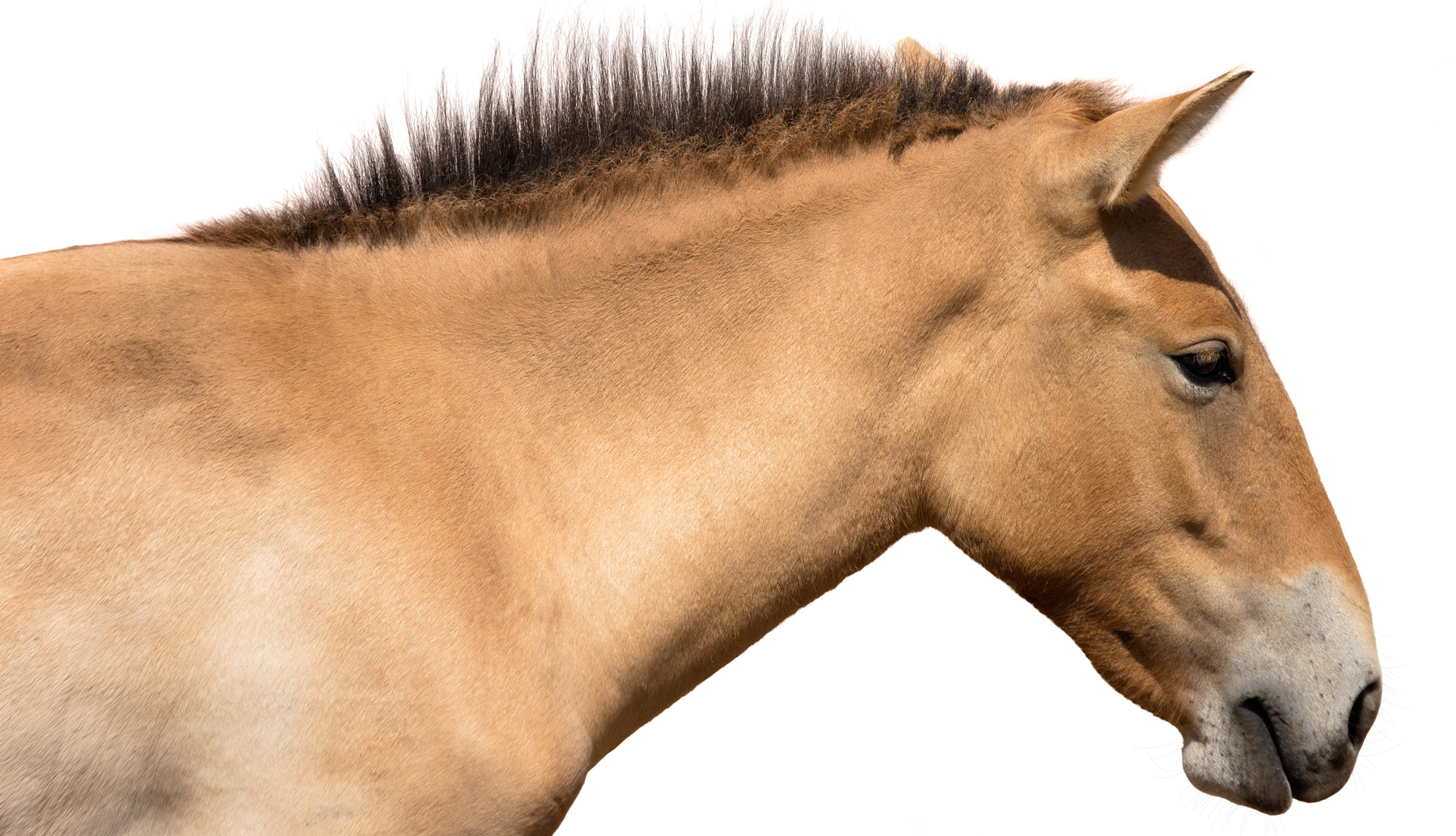
 Skin fungi are very persistent. An effective treatment can only be guaranteed if the horse owner takes all necessary measures consistently permeates the treatment and also continues for several weeks even after the visible symptoms are already healed. The vet usually prescribes the drugs Imaverol and Mycophyt.
Skin fungi are very persistent. An effective treatment can only be guaranteed if the horse owner takes all necessary measures consistently permeates the treatment and also continues for several weeks even after the visible symptoms are already healed. The vet usually prescribes the drugs Imaverol and Mycophyt.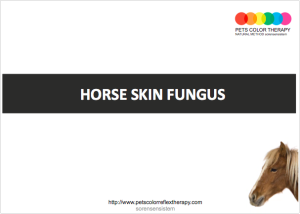

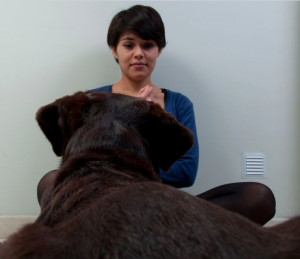


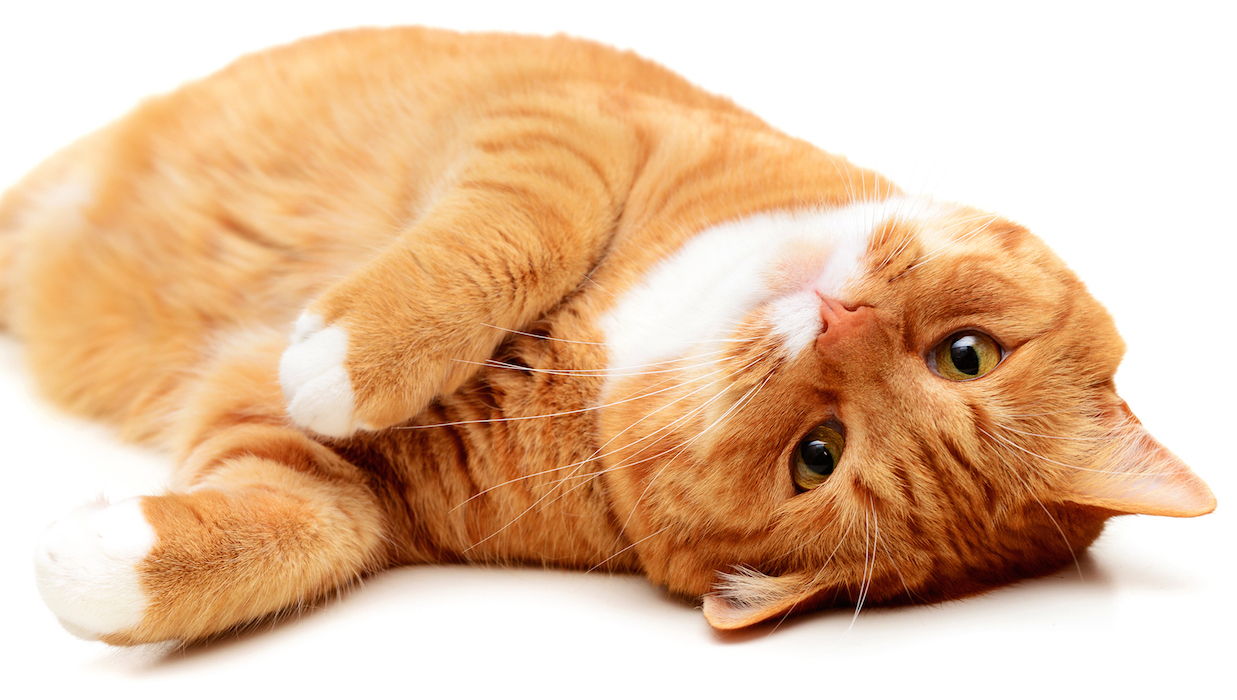
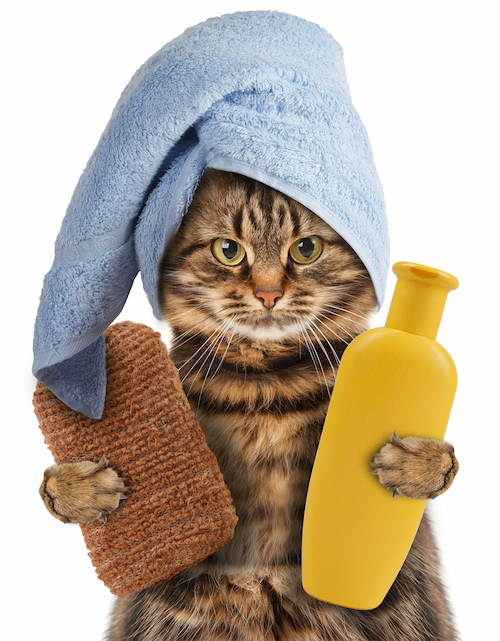 When the cat has ear mites the ears of the animal should be cleaned firstly. The scabs can be softened with a little vegetable oil and lightly wiped away after a few hours. Someone who’s got the confidence to do so, and whose animal allows it, can flush out the ears with some warm water. However, it is important to proceed very gently so that the eardrum does not get hurt.
When the cat has ear mites the ears of the animal should be cleaned firstly. The scabs can be softened with a little vegetable oil and lightly wiped away after a few hours. Someone who’s got the confidence to do so, and whose animal allows it, can flush out the ears with some warm water. However, it is important to proceed very gently so that the eardrum does not get hurt.